The Story of a Country House
and its Family

DEDICATION DEDICATION To the memory of my grandfather, Mark Sykes, and for the new generation, my children, Lily and Joby.
To the memory of my grandfather, Mark Sykes, and
for the new generation, my children, Lily and Joby.
EPIGRAPH EPIGRAPH ‘When I come back here, all the time I have been away seems like a dream. Everything is exactly the same here; the same conversation, the same jokes, the books in the same place on the same tables. My rooms just as I left them. One cannot believe that five months of incident and excitement have passed away. Home seems very calm and comfortable; a refuge quite inaccessible to any of the vexations and troubles of the world.’ Christopher Sykes, March, 1854 .
‘When I come back here, all the time I have been away seems like a dream. Everything is exactly the same here; the same conversation, the same jokes, the books in the same place on the same tables. My rooms just as I left them. One cannot believe that five months of incident and excitement have passed away. Home seems very calm and comfortable; a refuge quite inaccessible to any of the vexations and troubles of the world.’
Christopher Sykes, March, 1854 .
Cover
Title Page THE BIG HOUSE The Story of a Country House and its Family
Dedication DEDICATION DEDICATION To the memory of my grandfather, Mark Sykes, and for the new generation, my children, Lily and Joby. To the memory of my grandfather, Mark Sykes, and for the new generation, my children, Lily and Joby.
Epigraph EPIGRAPH EPIGRAPH ‘When I come back here, all the time I have been away seems like a dream. Everything is exactly the same here; the same conversation, the same jokes, the books in the same place on the same tables. My rooms just as I left them. One cannot believe that five months of incident and excitement have passed away. Home seems very calm and comfortable; a refuge quite inaccessible to any of the vexations and troubles of the world.’ Christopher Sykes, March, 1854 . ‘When I come back here, all the time I have been away seems like a dream. Everything is exactly the same here; the same conversation, the same jokes, the books in the same place on the same tables. My rooms just as I left them. One cannot believe that five months of incident and excitement have passed away. Home seems very calm and comfortable; a refuge quite inaccessible to any of the vexations and troubles of the world.’ Christopher Sykes, March, 1854 .
Sykes of Sledmere Family Tree SYKES OF SLEDMERE FAMILY TREE
Prologue
I The Merchant
II The Parson
III The Architect
IV The Collector
V The Squire
VI The Eccentric
VII Jessie
VIII Sykey
IX Lady Satin Tights
X Mark
XI The Traveller
XII A Restless Spirit
XIII A New House
XIV Richard
XV Sledmere Reborn
P.S. Ideas, Interviews & Features…
About the Author
A Slightly Rebellious Spirit
Life at a Glance
Top Ten Favourite Books
A Writing Life
A Photographer’s Diary
Read On
If You Loved This, You Might Like…
Find Out More
Epilogue: My Unexpected Uncle
Select Bibliography
Index
Acknowledgements
About the Author
Notes
Praise
Copyright
About the Publisher
SYKES OF SLEDMERE FAMILY TREE
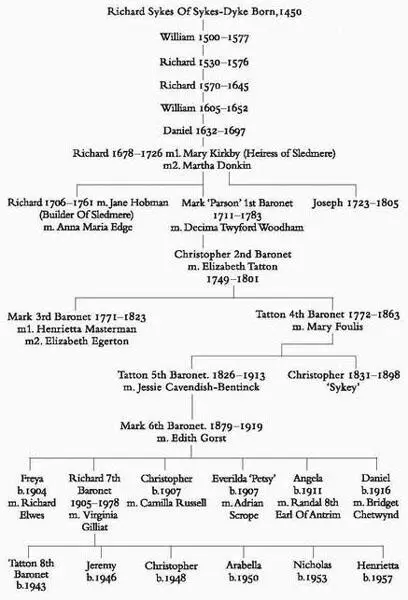
In the afternoon of Tuesday, 23 May, 1911, in the village of Sledmere, high up on the East Yorkshire Wolds, a passer-by would have been confronted with a shocking and terrifying sight. The large grey stone Georgian house, dominating the village and clearly visible from the main road, was ablaze, thick black smoke and flames pouring from its roof. Had they been there around three o’clock, they would have met with the heavy horses and wooden wagons of the Malton Fire Brigade, at the end of an arduous journey of twelve miles, which had included the navigation of two long steep hills, come to join their fellow-firemen from the other local town of Driffield, and the entire population of the village as they fought to save whatever they could of the contents of a house that had been at the centre of their lives for over 150 years.
The fire had started because a roof-beam protruded into the chimney above the kitchen in the north-east wing. It had probably smouldered for days before igniting, and even then the progress of the flames was slow, inching their way forward until they made contact with other beams supporting the roof. So it was that by the time the first suspicious wisps of smoke were seen oozing out of the brickwork of a chimney, the fire had really begun to take hold. The alarm was raised at about noon, just as the elderly owner of the house, Sir Tatton Sykes, was sitting down to his lunch. The great bell of the hall was rung, and all the men employed on the estate, farmhands, grooms, coachmen, foresters, bricklayers and carpenters, were summoned to help. Even the children were called out from the village school. The agent, Mr Henry Cholmondeley, burst into the Dining-Room to tell Sir Tatton that the house was on fire and that he must leave at once. His warnings went unheeded, for at that moment the old man was interested in nothing but his food. ‘I must finish my pudding,’ he said, ‘finish my pudding.’
There were two fire brigades in the district, the nearest at Driffield, eight miles away, and the other four miles further still, at Malton. Both were summoned. In the meantime, Henry Cholmondeley, who had no illusions about how long they would take to arrive, organised all present into a human chain and began a bucket service from the reservoir which supplied the house. Just as this was beginning to prove useless, since it was impossible to get access to the seat of the fire, a neighbour from Malton, Mr Freddy Strickland, arrived by motor car, bringing with him Captain Jackson of the Fire Brigade and a quantity of hose. This was attached to fire hydrants near the house and ultimately unsuccessful attempts were made to play water on to the flames now issuing from the roof at the north-east corner.
Henry Cholmondeley then took a vital decision. Seeing that the fire was still burning fairly slowly, he ordered his human chain to concentrate all efforts on salvaging as much of the contents of the house as possible, many of which were great treasures. Starting on the upper bedroom floors, with the men at the head, then the women and finally, spilling out on to the lawn, the children at the far end, they began by rescuing anything that was easily movable, such as china, glass, pictures, carpets and smaller pieces of furniture. In the vast Library another group was engaged in throwing the thousands of books out of the windows into sheets and blankets held by those below. Others were unscrewing fine mahogany doors, prising out marble chimneypieces and carefully taking down the collection of family portraits.
‘The servants behaved with wonderful pluck and coolness,’ observed a reporter from the local paper, ‘in removing furniture from the burning rooms, the maidservants acting as coolly and bravely as the men. The fire, however, was now gaining rapid hold and was fanned by a slight breeze, which caused all the upper rooms of the east wing to blaze fiercely.’ 1 At half-past two, the Driffield brigade finally arrived, but, in spite of the fact that there was no shortage of water, their manual pumps proved quite inadequate to the task, the pressure from the reservoir, used solely for household purposes, being far too low. Shortly after three, the Malton Brigade were on the scene, but even their powerful steam-driven pump, which was able to send streams of water on to the roof and into the blazing upper storeys, did no good, the fire being now quite out of control. The best they could do was to keep the walls of the rooms sufficiently cool while the salvage work continued.
Читать дальше
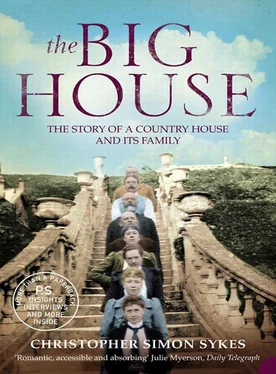


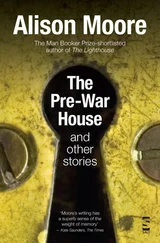

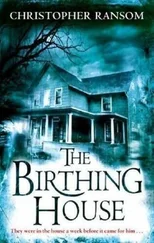





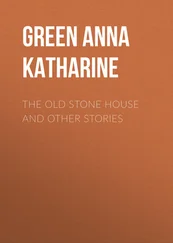


![Edward Ellis - Adrift on the Pacific - A Boys [sic] Story of the Sea and its Perils](/books/753342/edward-ellis-adrift-on-the-pacific-a-boys-sic-s-thumb.webp)